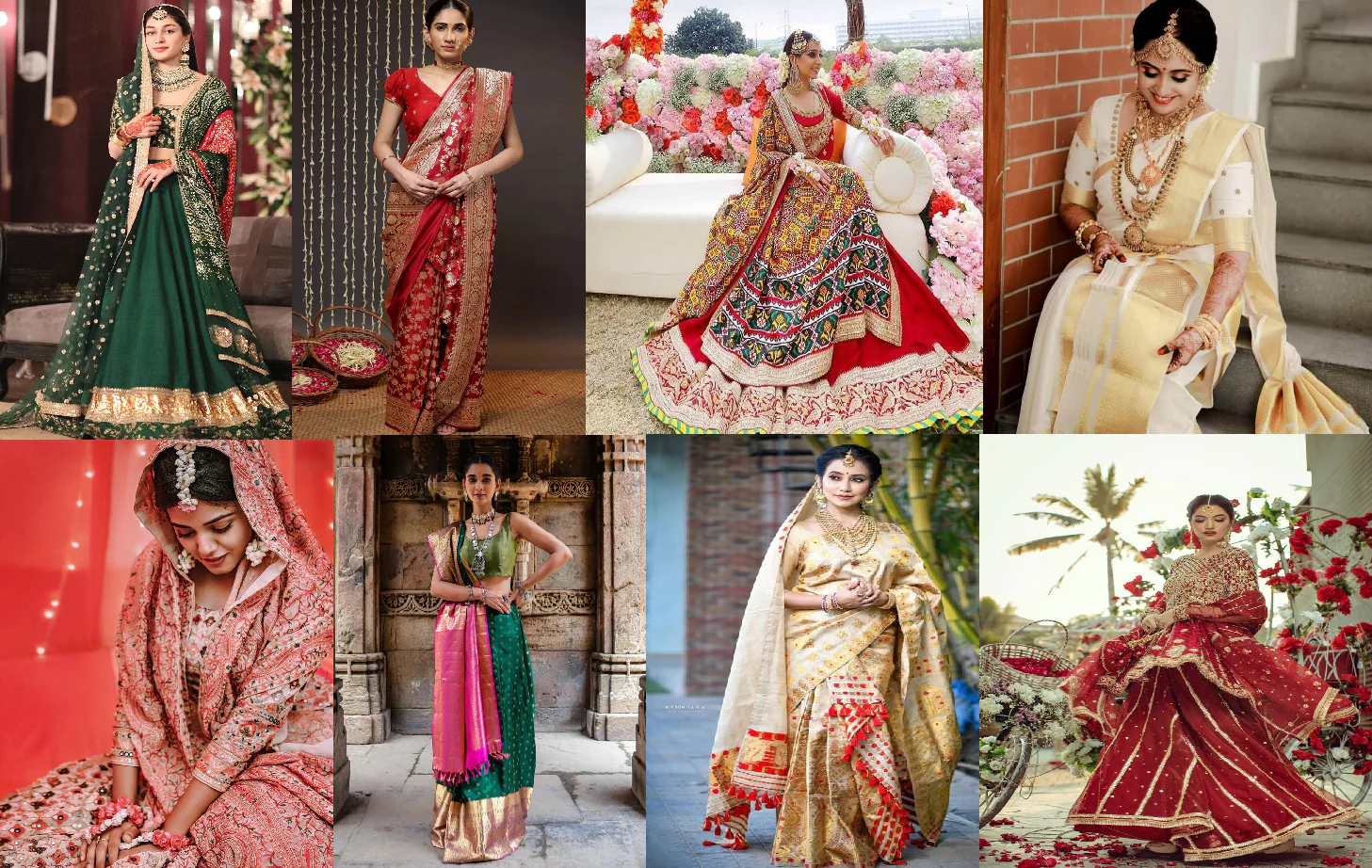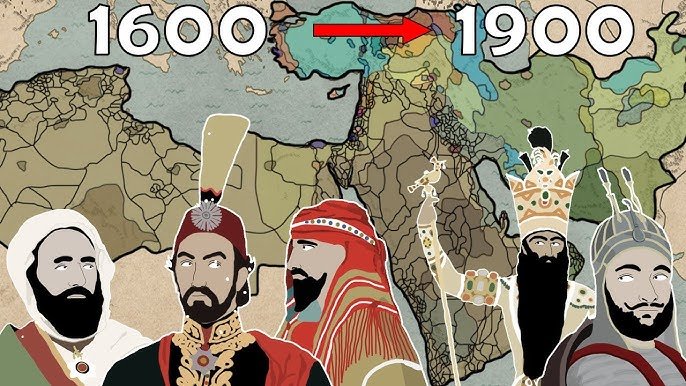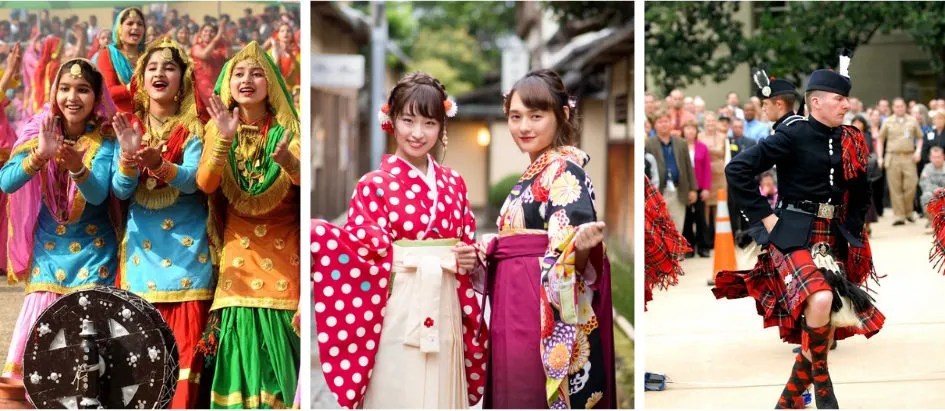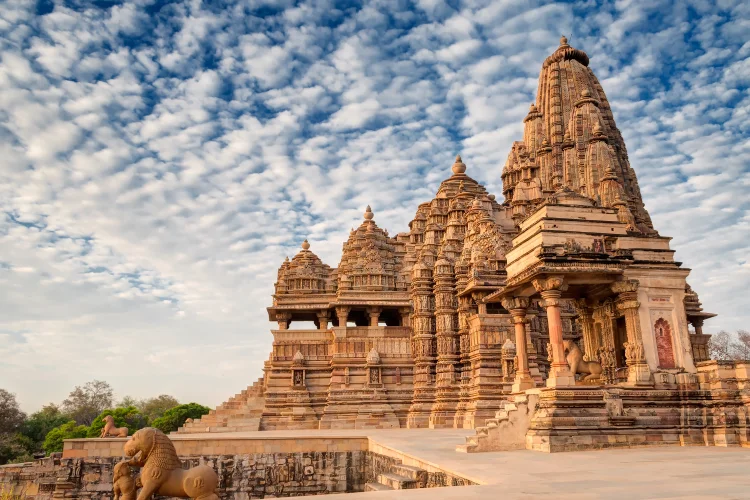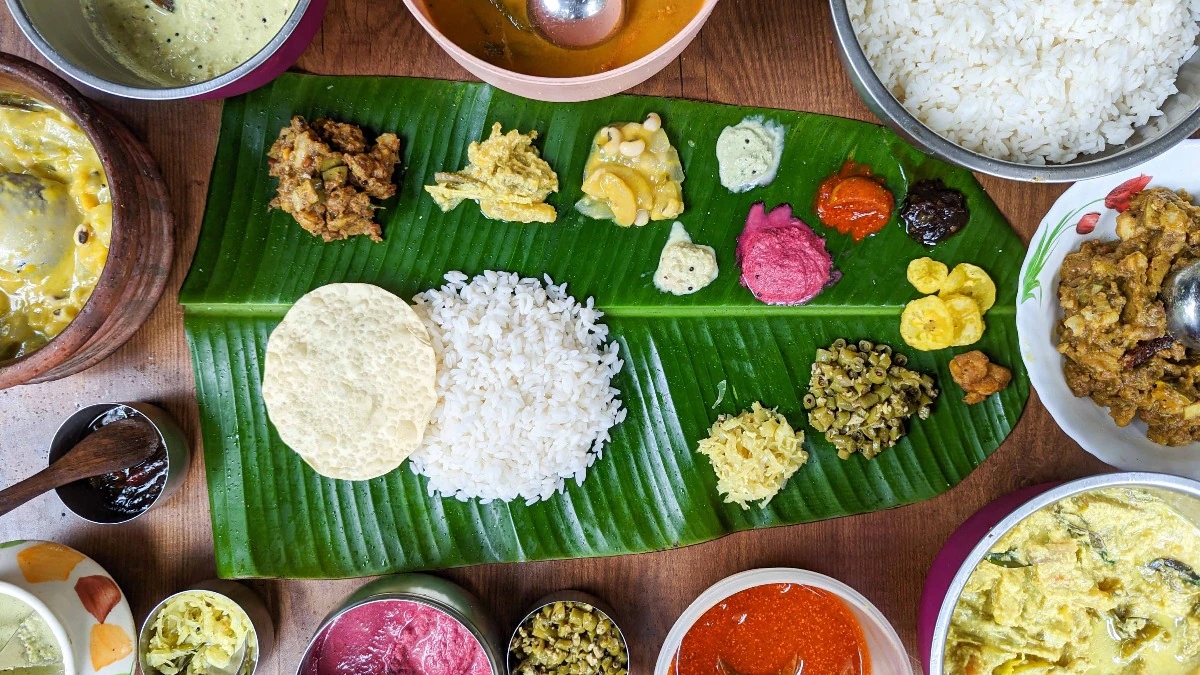India is a land of rich culture, heritage, and diversity. Every region of the country has its own unique wedding traditions, and one of the most striking aspects is the traditional marriage dresses. The outfits worn by brides and grooms reflect the cultural values, regional influences, and centuries-old customs. From vibrant sarees to majestic sherwanis, the wedding attire of India tells the story of its people. Let’s explore the different traditional marriage dresses in India.
Bridal Dresses in India
North Indian Bridal Dresses
In North India, brides usually wear red lehengas or sarees, symbolizing prosperity, fertility, and marital bliss. Embellished with zari work, sequins, and embroidery, these lehengas are paired with heavy jewelry like maang tikka, chooda (bridal bangles), and nose rings. The groom traditionally wears a sherwani or achkan with a turban, often adorned with a kalgi (ornament).
South Indian Bridal Dresses
South Indian brides are popularly seen in Kanjeevaram silk sarees. Known for their luxurious fabric and golden zari borders, these sarees are often in shades of red, green, or gold. Brides also wear temple jewelry, symbolizing blessings from the deities. Grooms usually wear a veshti (dhoti) and angavastram, representing simplicity and elegance.
Regional Wedding Dresses
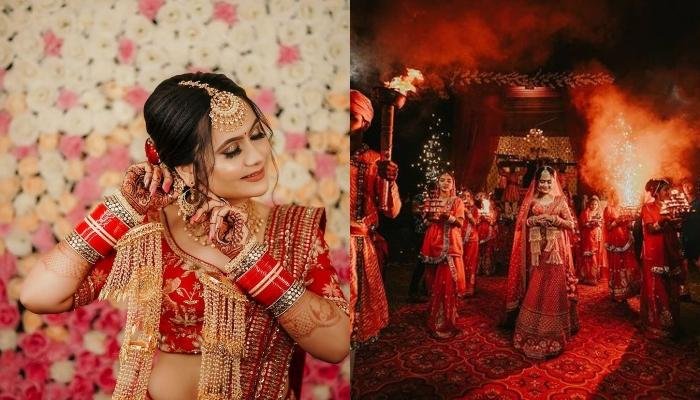
Bengali Wedding Dresses
Bengali brides wear a red or maroon Banarasi silk saree with intricate golden work. Their look is enhanced by a unique style of eye makeup, a mukut (crown-like headpiece), and traditional Alta applied on hands and feet. Bengali grooms usually wear a dhoti and kurta, along with a topor (conical headgear).
Punjabi Wedding Dresses
Punjabi brides are known for their dazzling red or pink lehengas heavily embroidered with zari and stone work. The standout accessories include the chooda (red and white bangles) and kaleere (dangling ornaments). Punjabi grooms generally wear sherwanis with turbans, often accompanied by swords as a symbol of bravery.
Maharashtrian Wedding Dresses
Maharashtrian brides wear a Paithani silk saree in bright hues like yellow, green, or purple. A special nath (nose ring) and mundavalya (pearl strings tied across the forehead) complete their look. Grooms wear a dhoti-kurta with a pheta (turban) and sometimes a waistcoat.
Gujarati Wedding Dresses
Gujarati brides wear a Panetar saree, a blend of white and red with heavy embroidery. Another popular choice is the Gharchola saree, often gifted by in-laws. Gujarati grooms wear an embroidered kurta-pyjama or sherwani with a traditional turban.
Rajasthani Wedding Dresses
Rajasthani brides wear a lehenga choli in vibrant colors like red, orange, or pink, often adorned with gota patti work. The jewelry includes borla (round maang tikka), heavy necklaces, and bangles. Rajasthani grooms are seen in embroidered sherwanis and colorful turbans called safa.
Kashmiri Wedding Dresses
Kashmiri brides wear a pheran (long gown) embroidered with intricate thread work, along with a traditional headdress called taranga. The grooms wear a pheran as well, often with embroidered designs and a turban.
Modern Influence on Traditional Dresses
While traditional wedding dresses remain significant, many modern couples opt for fusion outfits. Brides may choose designer lehengas in pastel shades or gowns inspired by Western fashion, while grooms experiment with Indo-Western styles like bandhgalas and designer sherwanis. However, even with these changes, traditional elements like zari, silk, and embroidery remain integral.
The beauty of Indian weddings lies in their diversity. From North to South, East to West, each region of India showcases its unique identity through traditional marriage dresses. Whether it is the grandeur of a Punjabi bride’s lehenga, the grace of a South Indian Kanjeevaram saree, or the elegance of a Maharashtrian Paithani, these outfits are more than just clothing—they are a representation of culture, tradition, and timeless beauty.
The Power of Nudity: Body Positivity and Self-Acceptance
Read Also: Wedding Website Design
![]()

